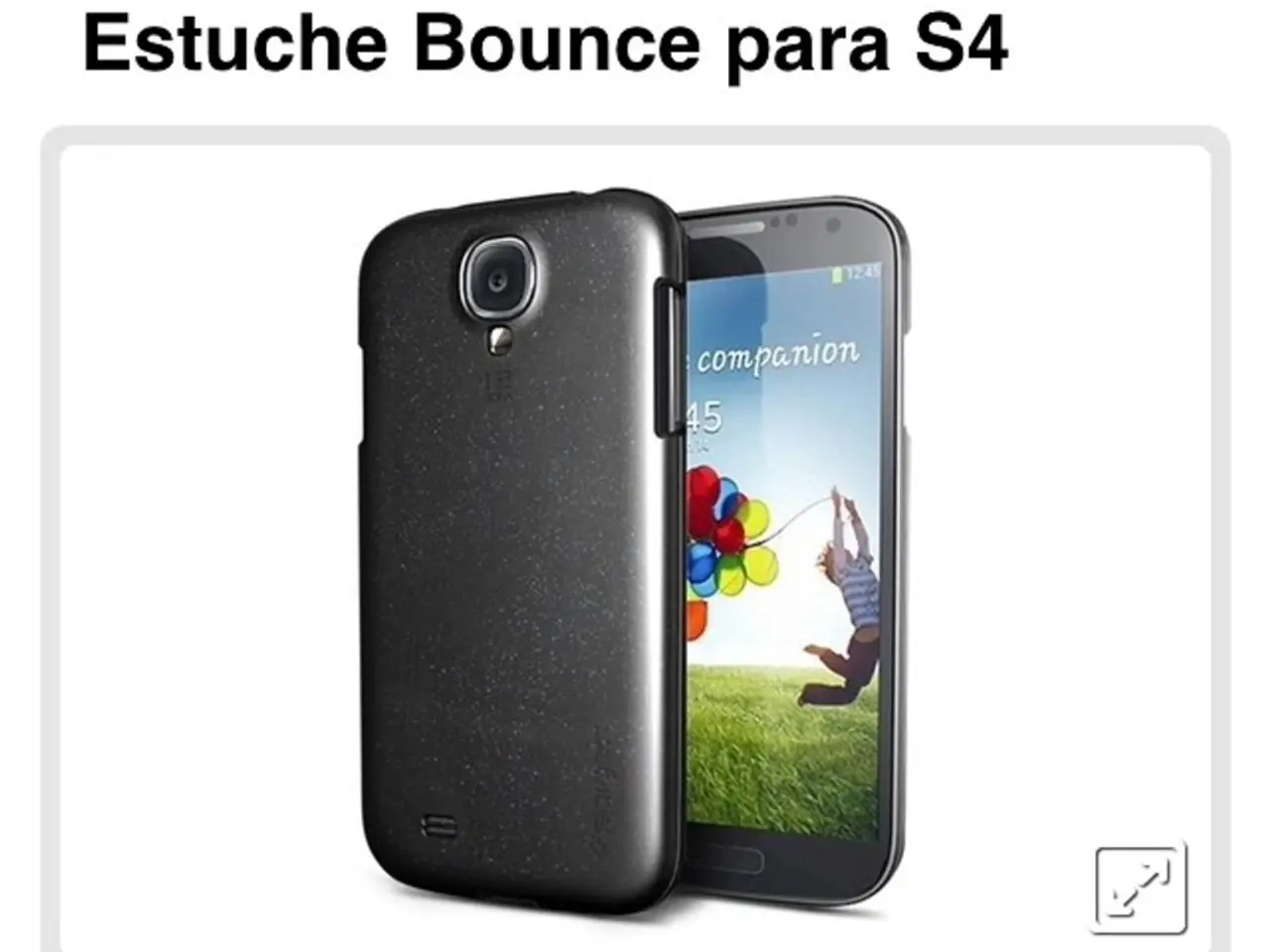Email Design Best Practices and Pre-made Customizable Email Templates for Responsive Use
In today's digital age, where a significant portion of emails are opened on mobile devices, it's crucial to ensure that your marketing emails are not only visually appealing but also user-friendly. This is where responsive email design comes into play.
Responsive email design refers to creating email content that is custom fit for the reader's device of choice. By adopting this approach, you can prevent potential customers from having a poor user experience, which can decrease sales.
The Benefits of Responsive Email Design
Saving Time and Resources
Responsive email templates can help create emails quickly and efficiently, saving time and potential headaches. They allow for the creation of emails that look good on various devices, reducing the chance of deletion or unsubscription.
Boosting Sales Opportunities
When you offer potential customers a better user experience, it automatically boosts your chances for a sale. By making emails mobile-friendly, you increase the likelihood of engagement and conversion.
Industry Insights
In 2021, 41.6% of all emails are opened on mobile devices, and this number is expected to grow. In fact, nearly two-thirds of visits to websites in 2020 were on mobile devices. These statistics highlight the importance of making emails responsive if you want to integrate them into your marketing strategy.
Best Practices for Creating Responsive Email Designs
Single-Column Layouts
Use a single-column layout to ensure easy reading and avoid complex designs that break on mobile screens. Aim for a maximum width of 640 pixels (ideally, 600 px), which is optimal for mobile devices.
Placing Important Content
Place the most important content and primary call-to-action (CTA) near the top ("above the fold") where it is immediately visible without scrolling.
Making CTAs Accessible
Make CTAs large and easy to tap, with recommended button sizes at least 44 x 44 pixels, to accommodate touchscreens.
Choosing Readable Fonts
Choose readable fonts, such as web-safe serif or sans serif fonts (e.g., Arial, Verdana), with headline sizes of 22+ px and body text around 14–18 px, plus sufficient line spacing (about 1.5 times font size).
Optimizing Images
Optimize images for mobile, using alt tags for accessibility and fallback if images do not load, plus an image resolution around 72 dpi to balance quality and load speed.
Managing Links
Avoid placing multiple hyperlinks in the same line to prevent difficulty in selecting links on small screens.
Using Visual Hierarchy
Use visual hierarchy like the inverted pyramid, breaking long text into chunks with bullet points, numbered lists, and white space to enhance readability and guide the reader to CTAs.
Testing Emails
Test emails on multiple devices and clients (smartphones, tablets, desktops) to ensure consistent appearance and functionality before sending. Also, ensure the email’s landing pages are also mobile optimized so the user experience is seamless after clicking CTAs.
These practices are supported by industry insights and are crucial since over 70% of people read emails on their phones, making responsiveness a critical factor in engagement and conversion.
In conclusion, using responsive email templates with media queries and adhering to these design principles ensures emails look good, function well, and effectively engage recipients on any device. Always test emails on different screens and perform A/B tests to optimize for the target audience.
The implementation of responsive email design not only saves time and resources by creating emails that work well on various devices, but it also increases sales opportunities as it offers potential customers a better user experience, thereby boosting engagement and conversion.
For optimum results, consider using a single-column layout with a maximum width of 640 pixels, placing important content and primary call-to-action near the top, making CTAs large and easy to tap, choosing readable fonts, optimizing images, managing links wisely, using visual hierarchy, testing emails on multiple devices, and ensuring the landing pages are mobile optimized. These best practices, supported by industry insights, are essential as over 70% of people read emails on their phones, making responsiveness a vital factor in engagement and conversion.




